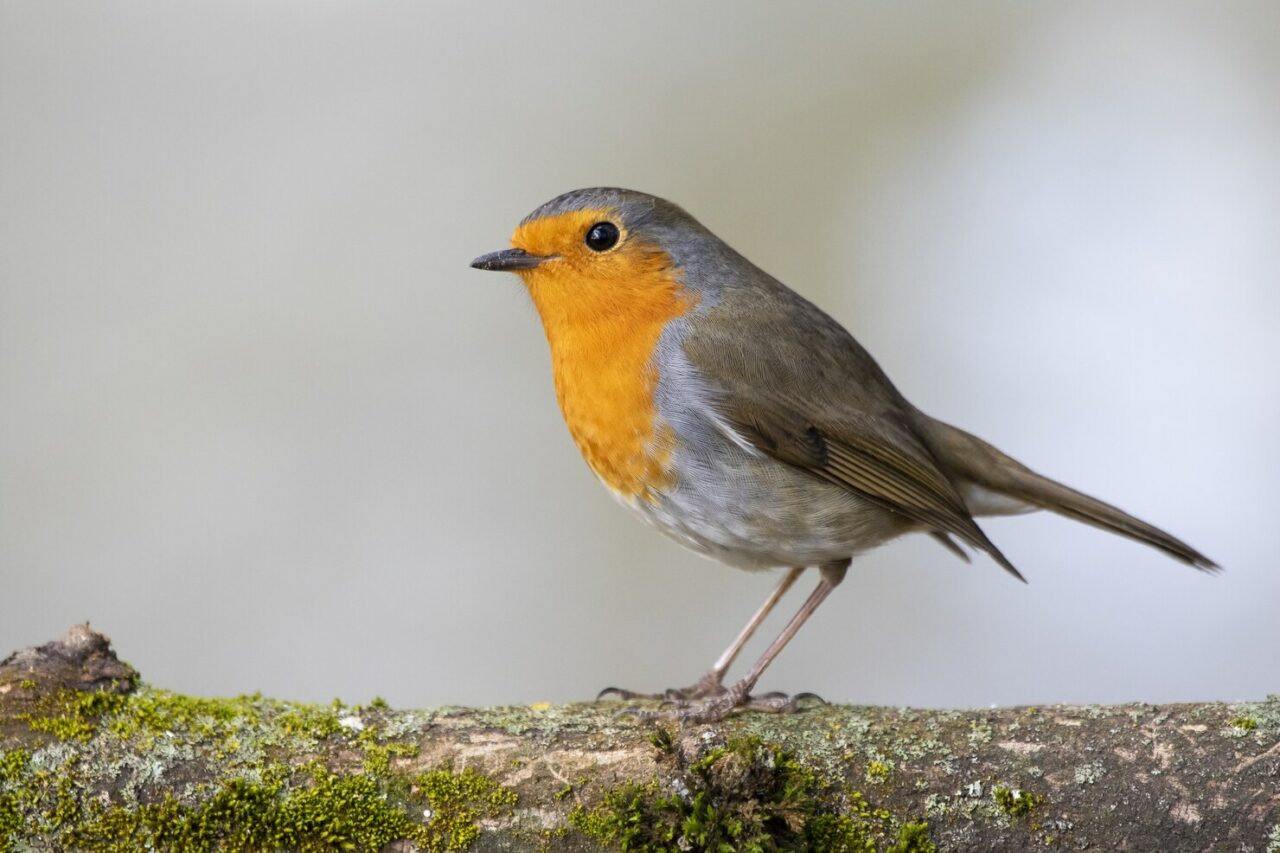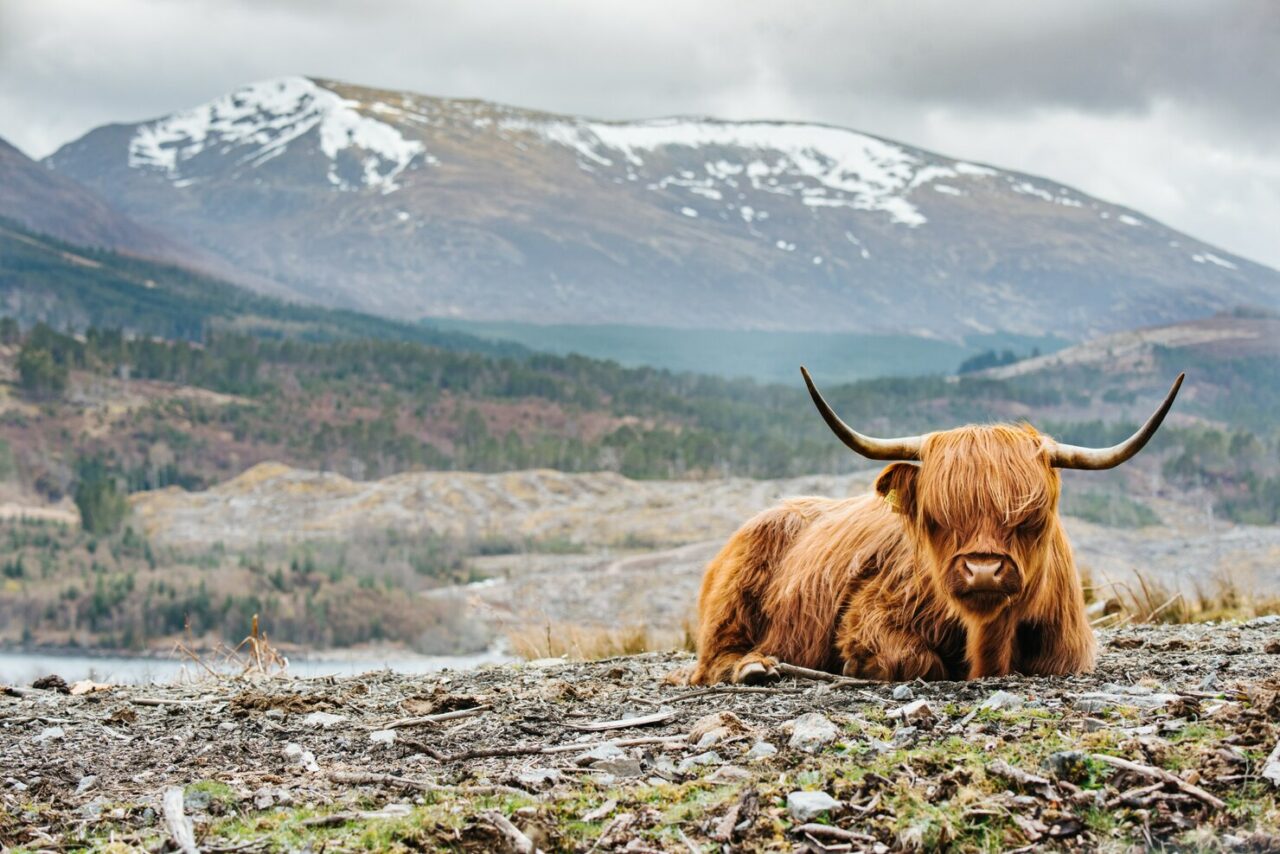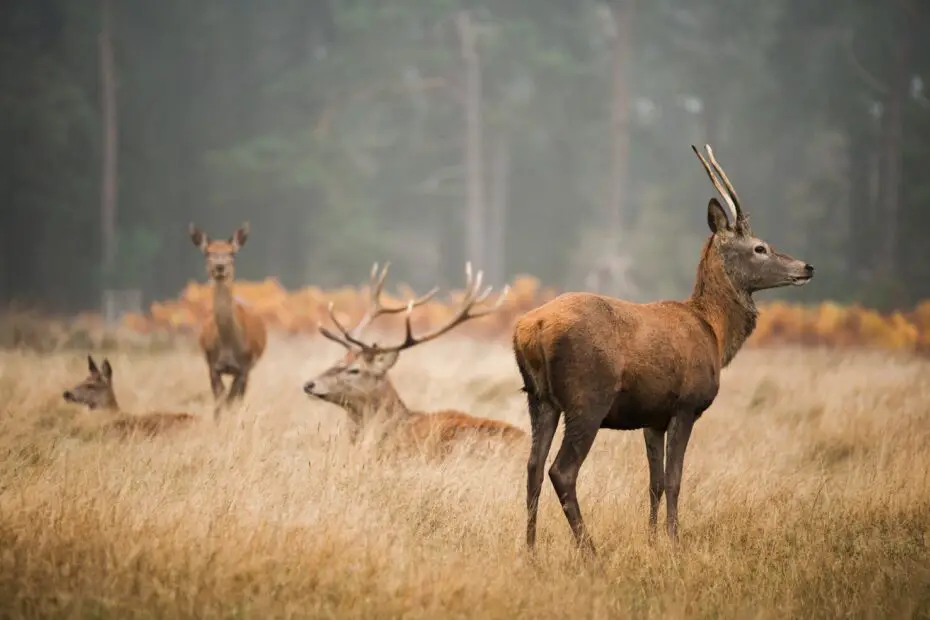Wildlife rehabilitation is a noble and compassionate field that focuses on the care and rehabilitation of injured, sick, or orphaned wild animals with the goal of returning them to their natural habitats. Wildlife rehabilitators play a crucial role in helping these animals recover and thrive in the wild. In this blog, we will explore Caring for Injured and Orphaned Wild Animals, from its importance and the challenges it faces to the steps involved in caring for and releasing wild animals.
You may also want to know how to care for important pets.
The Importance of Wildlife Rehabilitation
Wildlife rehabilitation serves several essential purposes:
1. Conservation
Many species of wildlife are already facing threats from habitat loss, pollution, and climate change. Rehabilitating and releasing injured or orphaned animals back into the wild helps maintain healthy populations and contributes to the conservation of various species. Caring for Injured and Orphaned Wild Animals is important.

2. Education
Wildlife rehabilitation centers often serve as educational hubs, raising awareness about local wildlife and the challenges they face. By engaging the public, these centers help foster a sense of responsibility and stewardship toward wildlife.
3. Research
Wildlife rehabilitators often work closely with researchers to gather data on the health, behavior, and genetics of wild animals. This information can contribute to our understanding of wildlife populations and their needs.
4. Human-Animal Conflict Mitigation
In some cases, injured or displaced wildlife may come into conflict with humans. Wildlife rehabilitation can help resolve these conflicts by rehabilitating animals and releasing them in suitable areas, reducing the chances of human-wildlife conflicts.
The Challenges of Wildlife Rehabilitation
Wildlife rehabilitation is a rewarding but challenging field. Here are some of the key challenges rehabilitators face:
1. Lack of Resources
Many wildlife rehabilitation centers are nonprofit organizations that rely on donations and volunteers. Limited funding and resources can make it difficult to provide the necessary care and facilities for a growing number of animals in need.

2. Specialized Expertise
Caring for wild animals requires specialized knowledge and expertise. Rehabilitators must understand the unique needs and behaviors of different species, from songbirds to raptors to mammals.
3. Legal and Ethical Considerations
Wildlife rehabilitation is subject to various laws and regulations, and rehabilitators must navigate complex permitting and licensing processes. Decisions about when and how to release animals must also consider ethical and ecological factors.
4. Zoonotic Diseases
Wildlife can carry diseases that can be transmitted to humans, known as zoonotic diseases. Rehabilitators must take precautions to protect themselves and the animals they care for from potential infections.
The Wildlife Rehabilitation Process
The process of wildlife rehabilitation involves several critical steps:
1. Rescue and Assessment
Injured or orphaned animals are typically brought to a wildlife rehabilitation center by concerned individuals or animal control officers. Upon arrival, the animal is assessed to determine its condition and the extent of its injuries.
2. Stabilization and Treatment
Once assessed, the animal receives immediate medical attention. This may include wound care, hydration, medication, or surgery, depending on the injuries or illness. Rehabilitators aim to stabilize the animal’s condition.
3. Rehabilitation and Recovery
Rehabilitation often involves a combination of physical therapy, exercise, and nutritional support. Animals are placed in appropriate enclosures or habitats that mimic their natural environment to help them regain their strength and skills.
4. Behavioral Conditioning
Many animals in rehabilitation need to relearn essential survival skills, such as hunting or foraging. This process requires close observation and sometimes hands-on training.
5. Pre-release Assessment
Before release, animals are thoroughly assessed to ensure they are physically and behaviorally ready to survive in the wild. This assessment includes evaluating their ability to find food, evade predators, and interact with their own kind.
6. Release and Monitoring
Rehabilitated animals are released into suitable habitats where they have the best chance of survival. Some animals may be tracked or monitored post-release to gather data on their adaptability and success in the wild.
7. Education and Outreach
Wildlife rehabilitation centers often use the stories of the animals they’ve cared for to educate the public about the importance of wildlife conservation. They offer tours, educational programs, and resources to engage and inform the community.
How to Get Involved in Wildlife Rehabilitation
If you’re passionate about wildlife and want to get involved in wildlife rehabilitation, here are some steps to consider:
1. Volunteer
Many wildlife rehabilitation centers rely on volunteers to assist with daily tasks such as feeding, cleaning enclosures, and providing care to animals. Volunteering is an excellent way to gain hands-on experience.
2. Seek Education and Training
To become a wildlife rehabilitator, consider pursuing formal education in biology, wildlife management, or a related field. Additionally, seek out training programs and workshops offered by reputable organizations.
3. Obtain Necessary Permits
Depending on your location and the species you intend to rehabilitate, you may need permits or licenses. Be sure to research and comply with local, state, and federal regulations.
4. Support Wildlife Rehabilitation Centers
Donations, both financial and in-kind, are vital for the operation of wildlife rehabilitation centers. Support these organizations to help them continue their important work.
5. Advocate for Wildlife Conservation
Participate in efforts to protect wildlife and their habitats. Advocate for the preservation of natural spaces and the reduction of human-wildlife conflicts.
Conclusion to Caring for Injured and Orphaned Wild Animals
Wildlife rehabilitation is a vital component of wildlife conservation and animal welfare. It provides a second chance for injured or orphaned animals to return to their natural habitats and contributes to our understanding of the natural world. As wildlife faces increasing threats from human activities, the work of wildlife rehabilitators becomes even more critical. By supporting and getting involved in wildlife rehabilitation, we can all play a role in preserving the incredible diversity of life on our planet and ensuring a brighter future for both wildlife and ourselves.
